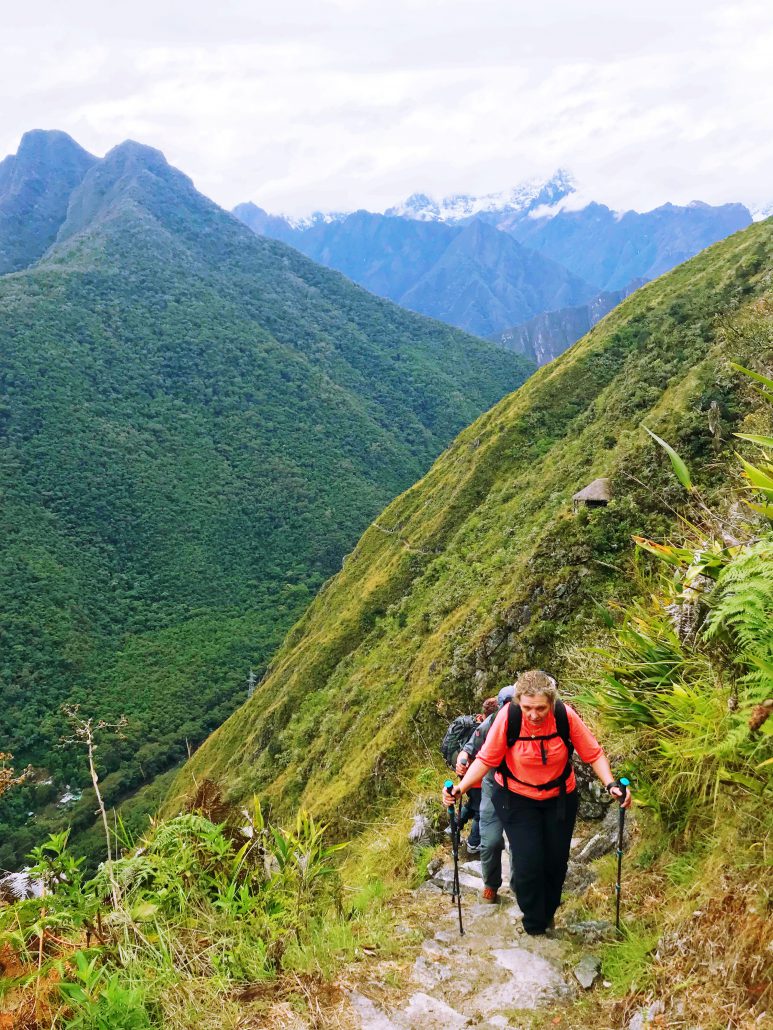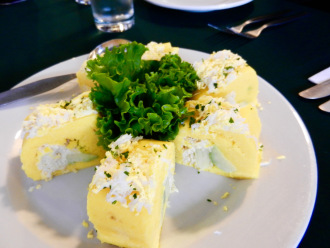Peru | Machu Picchu: Exploring the Seventh Wonder of the World
BY MIKA NAGAMOTO
It is difficult to describe the amount of excitement I felt when I found out I had the opportunity to visit one of the Seven Wonders of the World. Machu Picchu is one of those places I had heard about and seen pictures of but never did I imagine getting to explore it for myself. When visiting Peru, it’s nearly impossible to pass up the opportunity of visiting Machu Picchu. After traveling around Cusco and the Sacred Valley, I was ready for my adventure to Machu Picchu.
Machu Picchu
Our trip began in the town of Ollantaytambo where we took a Peru Rail train to the trailhead of our hike to Machu Picchu. While there are tons of great routes to Machu Picchu, we decided to take the Short Inca Trail route (sometimes called the Kilometer 104 hike). To do this route it is very important to book far in advance. A limited amount of tourists are allowed on the trail and hiking passes sell out very quickly. Most groups need to book about 6 months in advance. If all the passes are sold out, it is also possible to book through different tour companies but these tours also tend to fill-up quickly. We decided to use the Sam Travel tour company for our trip that included transportation, accommodation, and several meals. To start the Short Inca Trail, we took the train from Ollantaytambo to the stop for Kilometer 104. From here we began the 8-mile hike towards Machu Picchu.

The Inca Trail was my absolute favorite part of our travels in Peru. This route is the same trail that the Inca used to access Machu Picchu from neighboring towns and the Inca capital, Cusco. We hiked up ancient, carved-stone steps formed centuries ago by travelers with the same destination as us. We gazed across incredible views of valleys and mountains as we hiked along jagged trails weaving through steep peaks. Along the way we passed through Wina Wayna, a smaller yet extraordinary archeological site made up of steep terraces leading up to a sacred temple. The final stop before reaching Machu Picchu is the Sun Gate (Inti punku). As we climbed up Inca stairs using both our hands and feet, my eyes fixated on the view of the valley ahead of us. Standing in these ruins was where I caught my first glance of the seventh wonder of the world.


We walked the remainder of the trail with a full view of Machu Picchu ahead of us. Instead of entering Machu Picchu on the same day that we hiked the Inca trail, we took the bus down to Aguas Calientes for only $12. Aguas Calientes is the central town for tourists traveling to Machu Picchu. Alternative routes include train rides to Aguas Calientes rather than hiking along the Inca Trail. We stayed the night in a cozy hotel called El Santuario in Aguas Calientes and made sure we got good rest before our early wake-up the next day.
The next morning we took the first bus to Machu Picchu. During peak season it’s definitely necessary to get in line as early as possible. It was a rainy day when we visited Machu Picchu but there were still plenty of crowds and over an hour-long line for the bus. After a short bus ride to the entrance of the ruins, we began our tour of Machu Picchu. Exploring this impressive, ancient architecture and learning about the sophisticated culture of the Inca gave me an immense appreciation for the historic civilization that ruled this region in the 15th century.




My group also decided to take the hike to Wayna Picchu, the neighboring mountain to Machu Picchu. This hike was much less busy than Machu Picchu and was certainly memorable. It was only a two-mile hike to the summit of the mountain but it is a very steep climb up high steps carved by the Inca. Those who are afraid of heights may not like this hike very much but the views at the top are undoubtedly worth it. To hike Wayna Picchu you have to buy separate passes far in advance and spots are very limited. Our group took our time to explore the ruins located at the top of the mountain but we started the hike at 10:30am and got back to the buses by 2:00pm.


After an amazing day of touring Machu Picchu, petting llamas roaming amongst the ruins, and climbing ancient steps to the top of a mountain, we took a bus back to Aguas Calientes where we reminisced about the incredible adventures we had and the many memories that would last a life-time.

Mika Nagamoto studied abroad in Lima and Iquitos, Peru, in summer 2018: https://ieo.ucla.edu/travelstudy/GlobalHealth-Lima/























